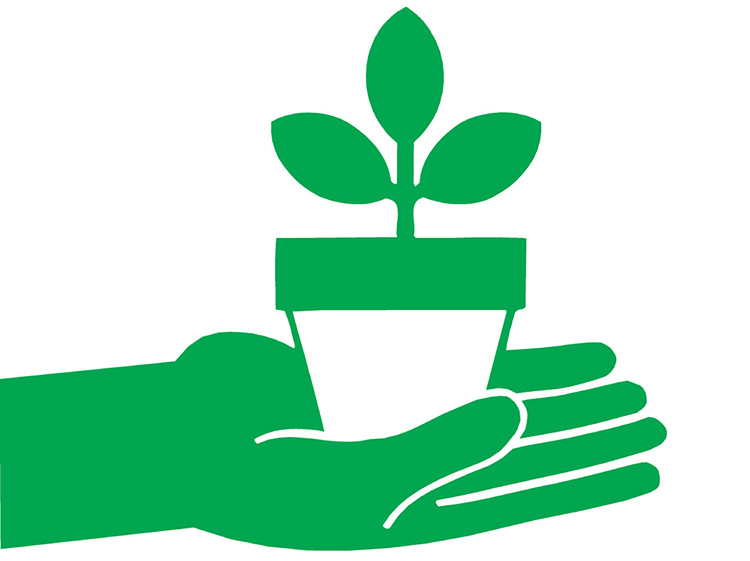
By Mary Jane Frogge, Extension Associate in Lancaster County
January is a good time to order flower and vegetable seeds. Many varieties sell out early.
Prune fruit trees and grapes in late February or early March, after the worst of the winter cold is passed, but before spring growth begins.
Check any vegetables, like potatoes or onions, you have in storage. Dispose of any that show signs of shriveling or rotting.
Do not start your vegetable transplants indoors too early. Six weeks ahead of the expected planting date is early enough for the fast-growth species like tomatoes. Eight weeks allows enough time for the slower-growing types such as peppers.
Check young trees and shrubs for rodent or rabbit damage. Prevent injury with fencing or protective collars.
Late February is a good time to air-layer such house plants as dracaena, dieffenbachia and rubber plant, especially if they have grown too tall and leggy.
Check all five growing factors if your house plants are not growing well. Light, temperature, nutrients, moisture and humidity must be favorable to provide good growth.
Avoid heavy traffic on the frozen, dormant lawn. The crown of the plant may be severely damaged or killed.
Brush snow from evergreens as soon as possible after a storm. Use a broom in an upward, sweeping motion. Serious damage may be caused by heavy snow or ice accumulating on the branches.
Check all house plants closely for insect infestations. Quarantine gift plants until you determine they are not harboring any pests.
During the winter, most houses are too dry for house plants. Humidity may be increased by placing plants on trays lined with pebbles and filled with water to within one half inch of the base of the pot.
Analyze last year’s planting, fertilizing and spraying records. Make notes to reorder successful varieties as well as those you wish to try again.